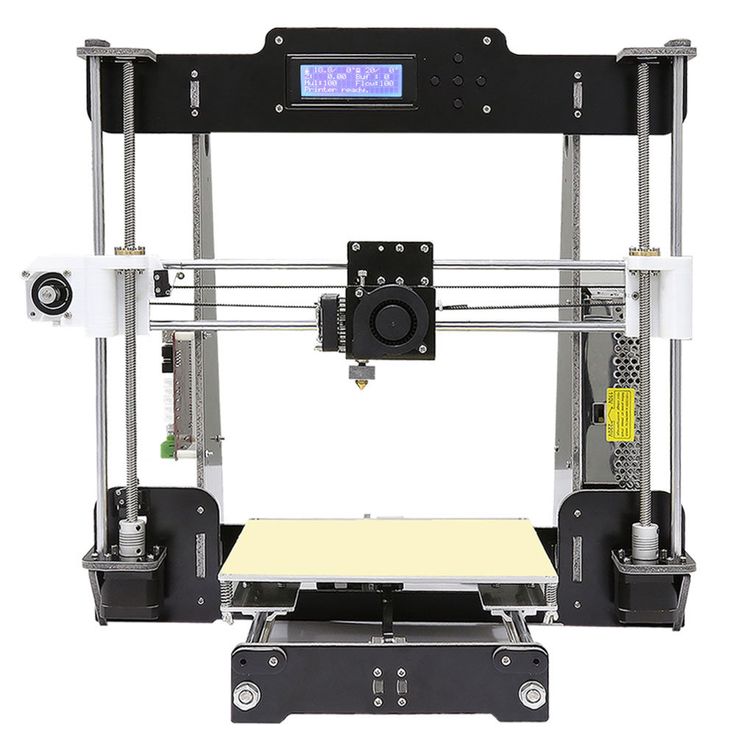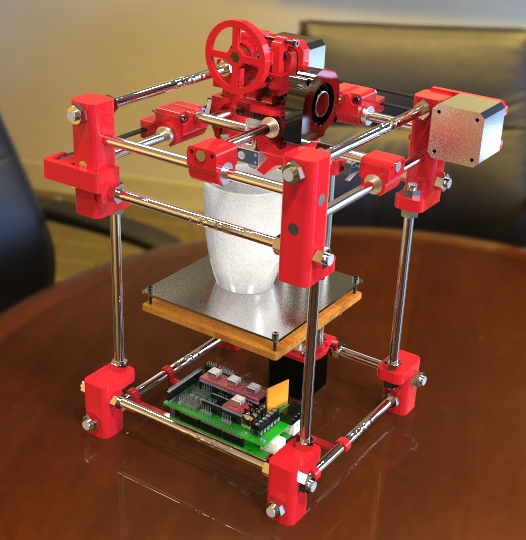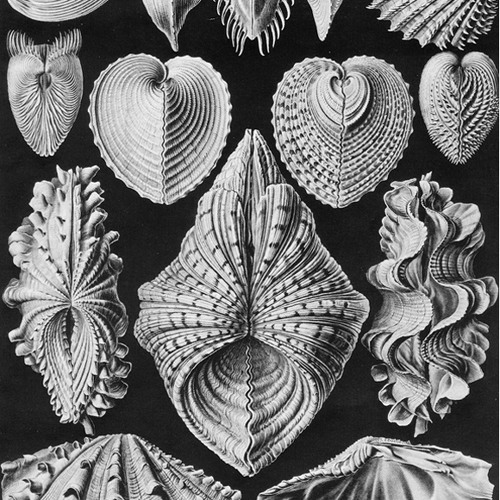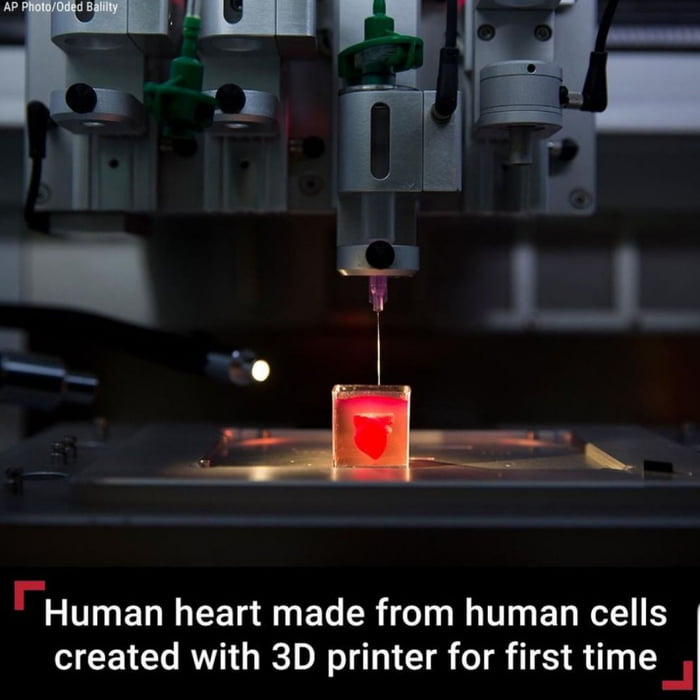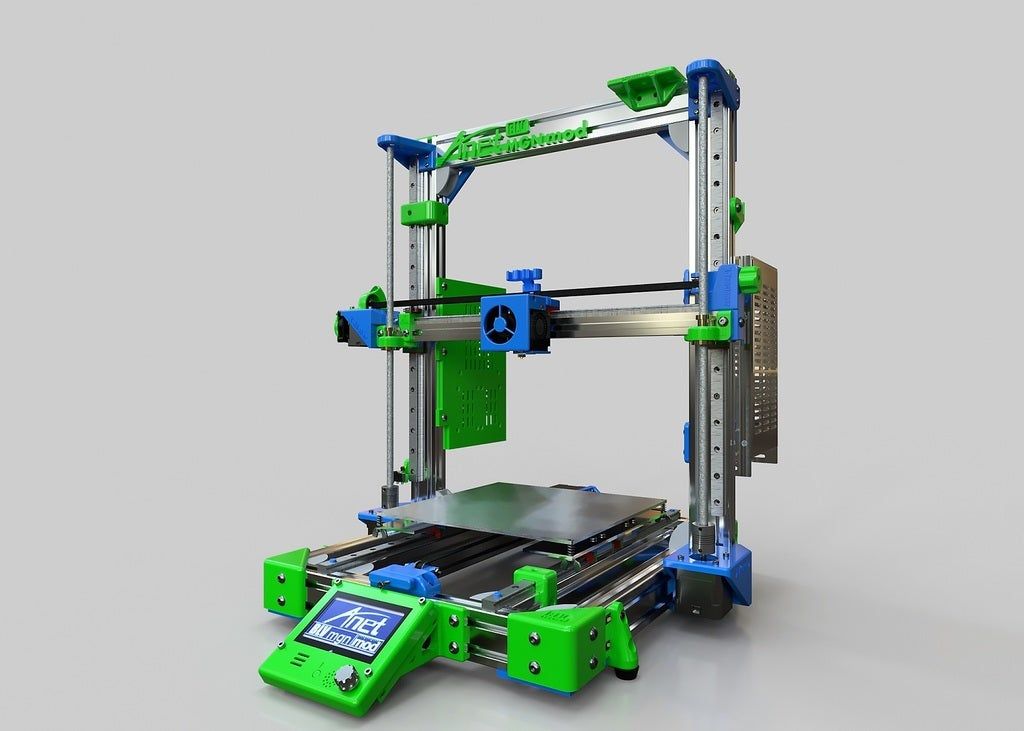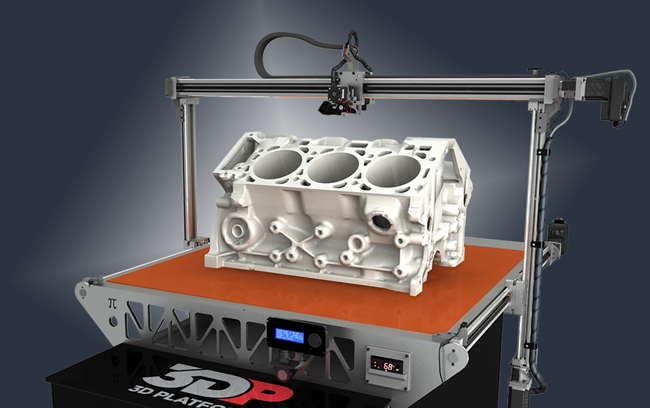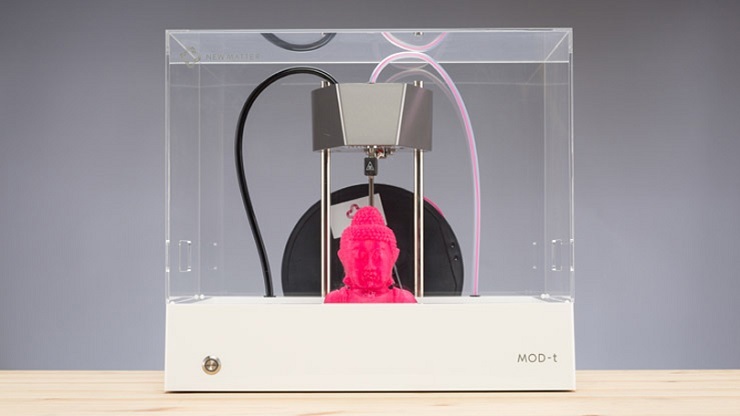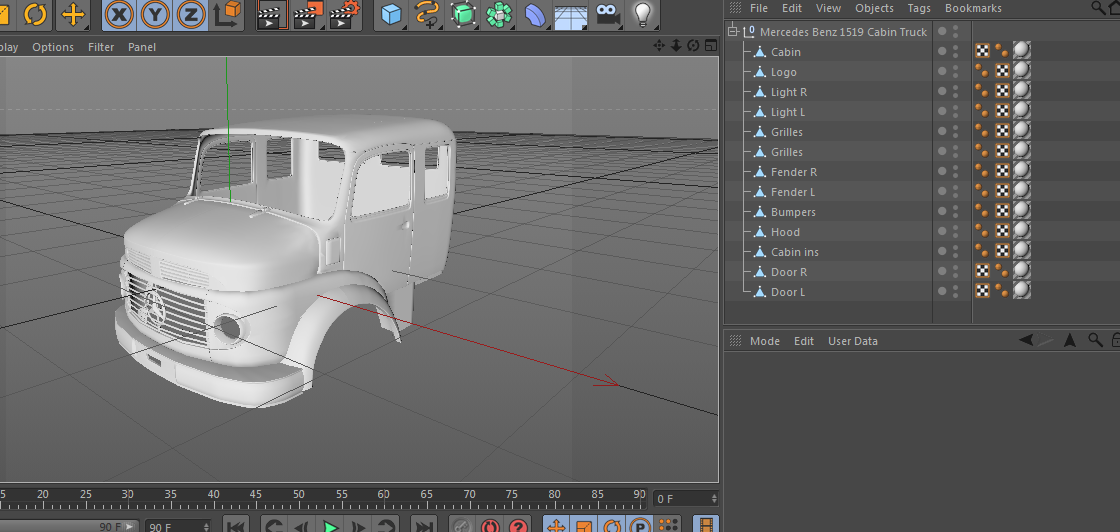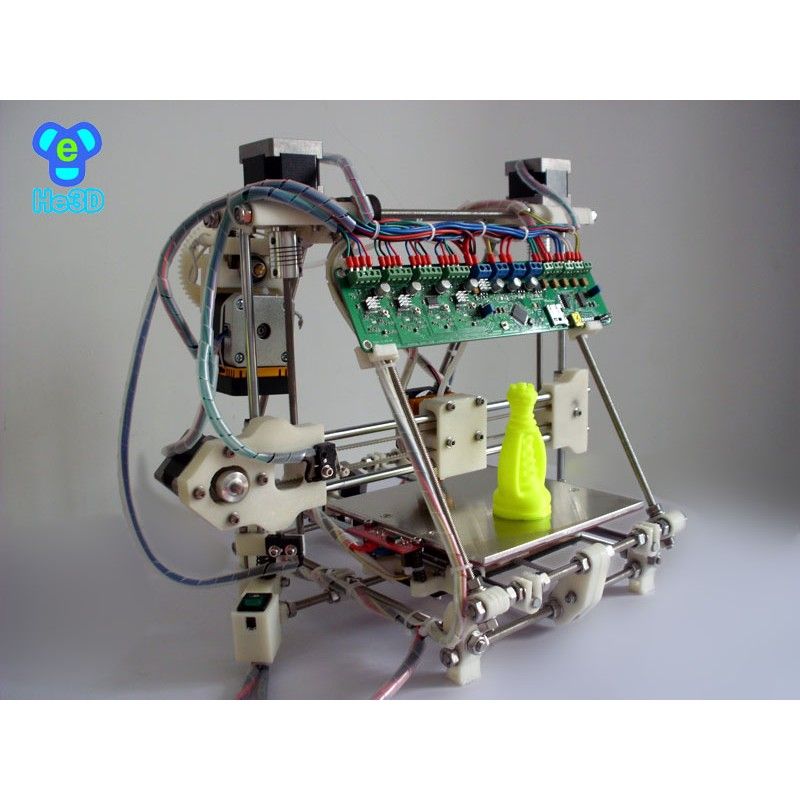3D scanner systems
HandySCAN 3D, GoSCAN 3D & MetraSCAN 3D
Creaform develops highly accurate industrial 3D scanners.
Our handheld 3D scanners have been designed to accelerate the time-to-market with your product development workflows, all while helping you meet your quality control requirements in non-contact 3D measurements. Discover how our 3D scanners can help you gain a competitive edge, cut the time and costs associated with product development, and optimize production processes.
HandySCAN 3D | BLACK Series
Metrology-grade portable 3D scanners
View more
HandySCAN 3D | BLACK Series is the fastest portable metrology-grade 3D laser scanner on the market, offering the highest measurement rate and accuracy available. It’s ideal for product development and quality control.
Accuracy
0.025 mm
Resolution
0.025 mm
HandySCAN 3D | SILVER Series
Professional 3D laser scanners
View more
Made in North America, this professional-grade 3D scanner offers the perfect mix between unbeatable performance at a great price. Based on trusted and patented metrology-grade 3D scanning technology.
Accuracy
up to 0.030 mm
Resolution
0.050mm
Go!SCAN 3D
Professional portable 3D scanner
View more
Go!SCAN 3D enables easiest 3D scanning experience, generating fast and reliable measurements for all your design and prototyping needs. Effortlessly capture the 3D shape and color of any object.
Accuracy
up to 0.050 mm
Resolution
0.100 mm
MetraSCAN 3D
Optical CMM 3D scanners and probe
View more
The most complete 3D scanners for metrology-grade measurements on all materials, MetraSCAN 3D is a powerful inspection solution that is insensitive to instabilities and harsh environments.
Accuracy
0.025 mm
Resolution
0.025 mm
Which portable 3D scanner is right for you?
No matter what type of industrial 3D scanner you are looking for, Creaform has the widest breadth of 3D measurement technologies for any workflow or project.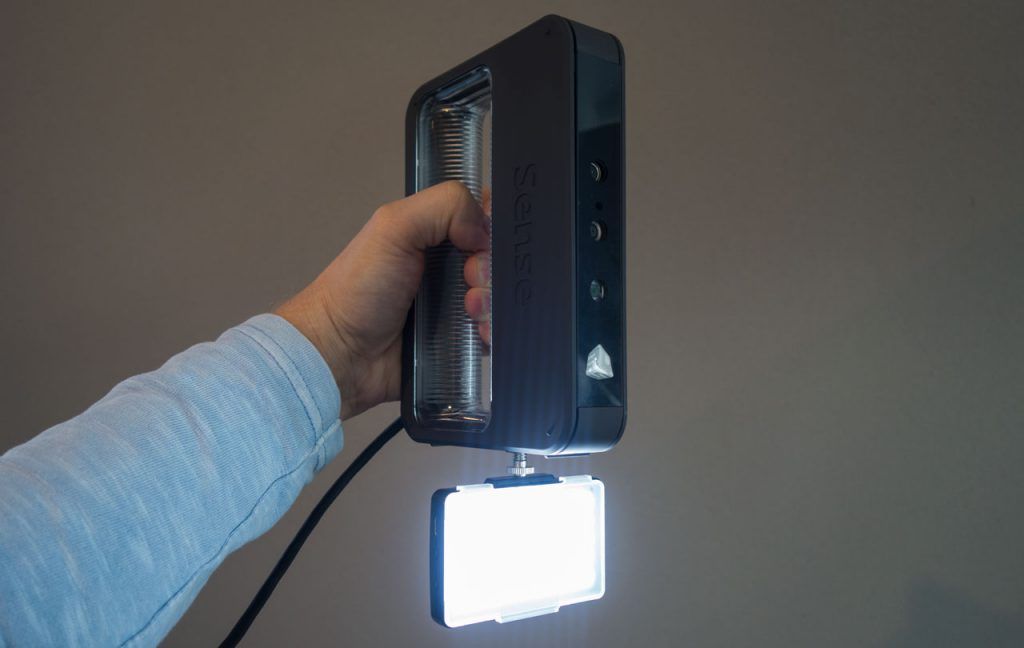 Easy to use, they deliver unmatched performance.
Easy to use, they deliver unmatched performance.
| Accuracy | Up to 0.030 mm(0.0012 in) | Up to 0.050 mm(0.0020 in) | 0.025 mm(0.0009 in) | 0.025 mm (0.0009 in) | ||||
|---|---|---|---|---|---|---|---|---|
| Probing | X | |||||||
| Color Acquisition | X | |||||||
| Light Source | 7 red laser crosses(+ 1 extra line) | White light (99 stripes) | 11 blue laser crosses(+ 1 extra line) | 15 blue laser crosses(+ 1 extra line) | ||||
| Accreditation | ISO 17025 | ISO 17025 | ||||||
| Price | + | + + | + + + | + + + + | ||||
| View the full specs | View the full specs | View the full specs | View the full specs |
Find the best portable 3D scanner on the market
Talk to one of our metrology experts to determine which Creaform 3D scanner meets your unique needs.
Contact us today
VXelements software platform
Discover a fully integrated 3D software platform and application suite that powers Creaform’s entire fleet of 3D scanners and 3D measurement technologies. It offers all the essential tools in a user-friendly environment for real-time visualization and complete 3D scanning experience.
VXinspect™
Dimensional inspection software module for first article inspections or quality control
Get the details
VXmodel™
Scan-to-CAD software module to finalize and prepare 3D scan data for use in any 3D printing or CAD solution
Get the details
Pipecheck™
NDT pipeline integrity assessment software
Get the details
SmartDENT 3D™
3D scanning solution for aircraft quality control
Get the details
3D Measurement solutions designed for manufacturers’ unique needs
Creaform’s 3D scanners address the 3D measurement requirements for each stage of the manufacturing process.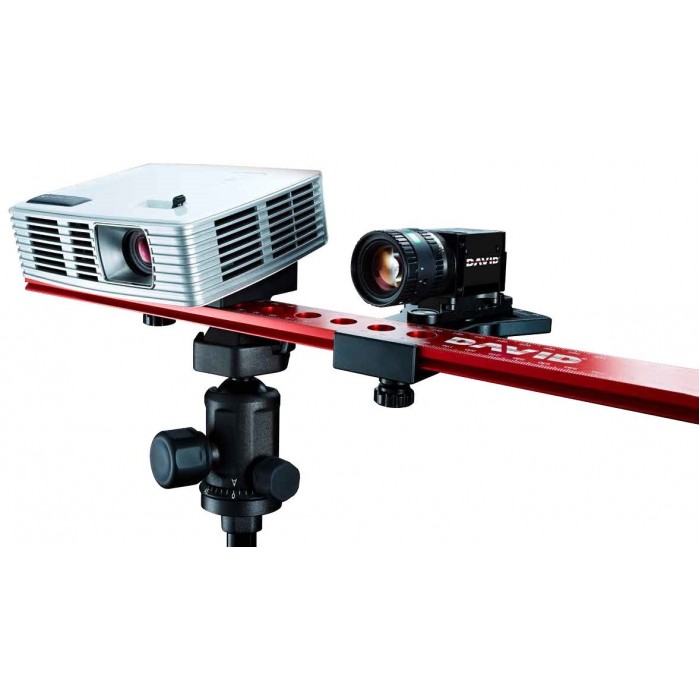
Product development and design
Creaform’s portable 3D scanners help engineers and designers to develop innovative new products and push product development further—all while minimizing design iterations and accelerating manufacturers’ time to market.
Read more application cases
Quality assurance and quality control
Thanks to our portable 3D scanning technologies, quality assurance and quality control teams can minimize the risk of delivering defective and non-compliant products to customers. Our 3D scanners enable manufacturers to reduce their total costs of quality.
Read more application cases
Maintenance, repair and overhaul
Maintenance, repair and overhaul (MRO) companies around the world benefit from Creaform’s industrial 3D scanners for accurate, repeatable and reliable 3D measurements to cater to the demanding needs and regulations of OEM and airline customers.
Read more application cases
Non-destructive testing for oil and gas
Robust, easy to use and featuring lightning-fast speed, Creaform’s 3D scanners and pipeline assessment software help non-destructive testing (NDT) service companies and inspectors safeguard pipelines’ state of health—and the security of local communities.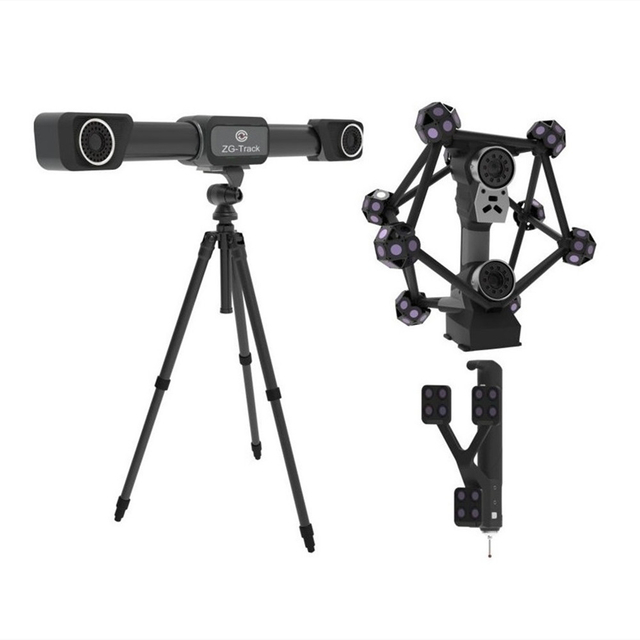
Read more application cases
Reverse engineering
Creaform’s handheld 3D scanners and scan-to-CAD software are the tools engineers and industrial designers need to quickly and accurately generate 3D models of existing parts, assemblies and their surrounding environments for a wide range of reverse engineering workflows.
Read more application cases
Explore all of our 3D measurement applications
See more
Portable 3D scanners for the healthcare and educational sectors
Explore our 3D scanning solutions for healthcare, with our Healthcare Partner 3D scanner, and for education, with Creaform ACADEMIA.
3D scanning in healthcare
Creaform’s Healthcare Partner 3D scanner is the ideal device for healthcare and 3D scanning for body measurement, including orthotics, prosthetics, cranial scanning, podiatrics, plastic survey and more. Contrary to traditional measurement methods, such as plaster casts, our 3D scanner enables fast and highly accurate data acquisition.
Learn more
3D scanning in education
Teachers and researchers can help educate the engineers and designers of tomorrow thanks to Creaform ACADEMIA. Whether you need to teach students about metrology or conduct advanced research, our professional-grade 3D scanners are designed with educational purposes in mind.
Learn more
Creaform’s customer success stories
Find out about some of our latest customer satisfaction testimonials and learn how our clients are taking advantage of our 3D measurement technologies.
« Not only in the sport industry but in any kind of industry, when designing new products, we have to give the designers a base to work with. The HandySCAN 3D allows us go from the handmade prototype to the 3D models much faster. »
Bertrand Didier, Chief Engineer Sports division, SCOTT Sports
« After benchmarking all available measurement systems, we felt that Creaform’s products and solutions fitted best with our demanding requirements and environment, as they are less sensitive to movements during scanning. »
»
Jon Gunner, Technical Director, Koenigsegg Automotive AB
« With the MetraSCAN 3D scanner, we have a dynamic production development process with a common work basis for QC and design/construction. We can now make adjustments to components where we had not previously thought was possible before. »
Sebastian Witt, Quality control motorsport, KTM
« The automotive industry benefit highly from the MetraSCAN 3D optical CMM scanner line-up in the ability to scan in real time, get a precise image of what is going on with our parts and solve those critical quality issues. It ensures we provide good parts for our customer. »
Aaron Boyer, Global director – CAD/CAE, Flex-N-Gate
Effective and efficient 3D scanning is at your fingertips
Creaform’s continuous innovations in 3D measurement technologies gives you peace of mind knowing you are relying on proven 3D scanning solutions that get the job done.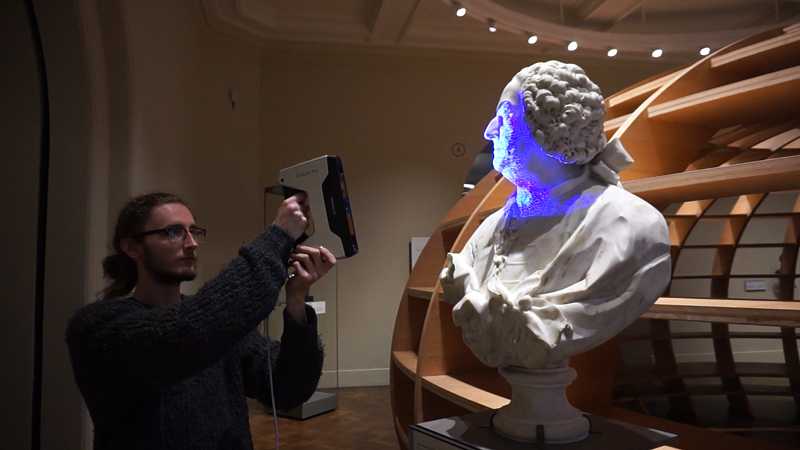
Find out how
MetraSCAN 3D | Handheld [Optical CMM 3D Laser Scanner] by Creaform
Discover the fastest and most accurate 3D scanner and portable CMM for shop floor environments
Speed and accuracy combined with versatility
Faster 3D scanning
The MetraSCAN 3D features 15 laser crosses and a high measurement rate to accelerate 3D scanning processes. Thanks to quick setup and onboarding, real-time scans and ready-to-use files, your 3D scanning workflow will never have been faster.
- High measurement rate
1,800,000 measurements/second - Large scanning area for all types of parts
15 laser crosses - Ultra-quick setup
No warm-up time; users can be up-and-running in less than 5 minutes
Impressive shop floor accuracy
Free from any rigid measurement setup requirements, the MetraSCAN 3D is designed specifically for use on shop floors.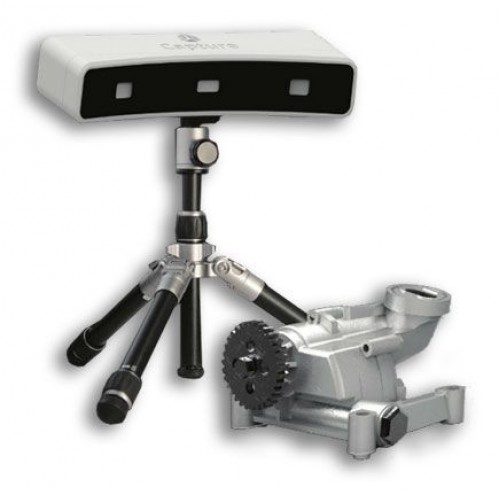 It delivers accurate results, regardless of the measurement setup quality and user experience level. Thanks to the C-TrackTM optical tracker that enables dynamic referencing, the scanner, the part and the optical tracker can move during inspection and still provide accurate measurements.
It delivers accurate results, regardless of the measurement setup quality and user experience level. Thanks to the C-TrackTM optical tracker that enables dynamic referencing, the scanner, the part and the optical tracker can move during inspection and still provide accurate measurements.
- Accuracy
0.025 mm (0.0009 in) - Volumetric accuracy
0.064 mm (0.0025 in) - Reliable acceptance tests
Based on VDI/VDE 2634 Part 3 standard
ISO 17025 accredited laboratory - Shop floor accuracy with dynamic referencing
Measurement accuracy insensitive to environmental instabilities
High resolution
Measures all types of complex and highly detailed parts
Unmatched versatility
Highly versatile, the MetraSCAN 3D can be used to scan various part sizes and surface finishes in real time—all with the same device.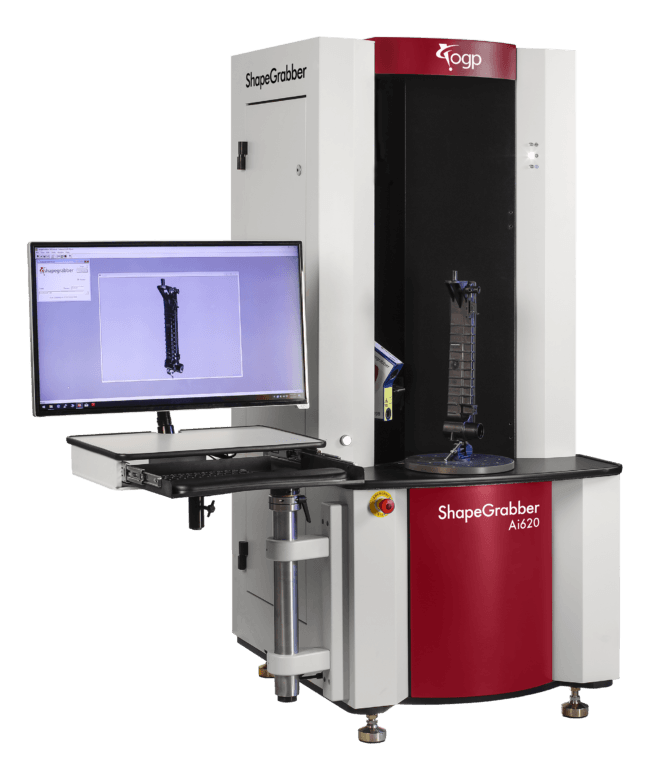
With its extendable measurement volume, parts of any shape, complexity, and geometry can be measured easily without loss in accuracy or requiring leapfrog.
- Blue laser technology
Ideal for shiny and reflective surfaces - Large and easily extendable measurement volume
Wider than other portable CMMs
No leapfrog required - Optional HandyPROBE
Combination of both 3D scanning and probing
No targets required
Get the ultimate portable metrology-grade 3D scanner for product development and quality control.
Learn how the MetraSCAN 3D can accelerate your time to market and mitigate costly quality control issues.
Request more information
Technical Specifications
MetraSCAN 3D’s innovative technology enables unprecedented accuracy, simplicity, portability, speed and efficiency for 3D inspections in your production environment.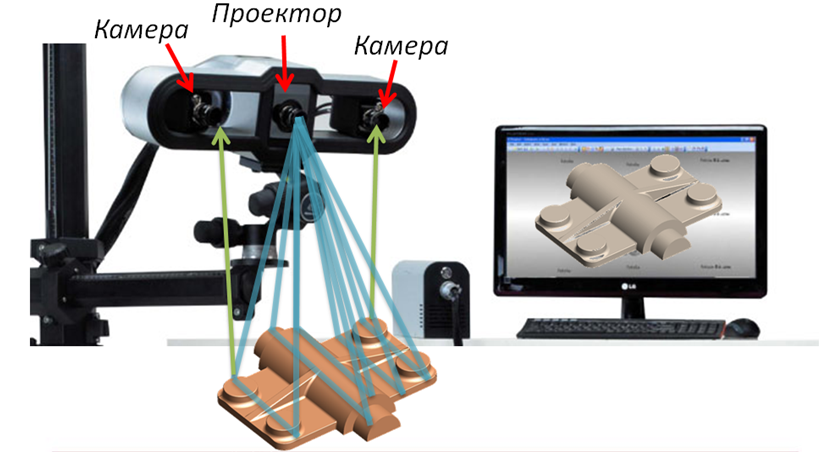 3D measurements of a variety of complex parts, sizes, materials and finishes has never been this easy.
3D measurements of a variety of complex parts, sizes, materials and finishes has never been this easy.
Accuracy
0.025 mm (0.0009 in)
Volumetric accuracy
0.064 mm
(0.0025 in)
Measurement resolution
0.025 mm (0.0009 in)
Measurement rate
1,800,000 measurements/s
Part size range (recommended)
0.2–6 m (0.7–20 ft)
Show All
3D scanning solutions designed for manufacturers’ unique needs
Creaform’s 3D scanning solutions address the 3D measurement requirements for each stage of the manufacturing process
Product development and design
Launch innovative products to your market faster
Quality control and quality assurance
Reduce costs and ensure the quality your customers expect
Reverse engineering
Quickly extract dimensional information from existing components to produce new CAD reference models
Explore all of Creaform’s 3D measurement solutions
You’ll be amazed at the world of opportunities our 3D scanning solutions offer ahead-of-the-curve manufacturers.
3D scanning software
3D scanning software
VXelements™
The MetraSCAN 3D seamlessly operates with VXelements, a fully integrated, user-friendly 3D scanning software platform. VXelements’s range of advanced modules let you leverage all the dimensional information captured by MetraSCAN 3D in a simplified, feature-rich data processing environment.
Software Module
Compatible Software
Add-Ons
MaxSHOT 3D™
This portable optical coordinate measuring system provides the accuracy and speed of photogrammetry to a wide range of applications involving large-size parts.
HandyPROBE™
This portable CMM outperforms traditional CMMs right on the shop floor, offering unmatched accuracy and efficiency regardless of the instabilities in any production environment.
Virtual metrology lab
Create your very own virtual CMM room to free up space from cumbersome hardware—all while benefiting from Creaform’s probing and 3D scanning solutions.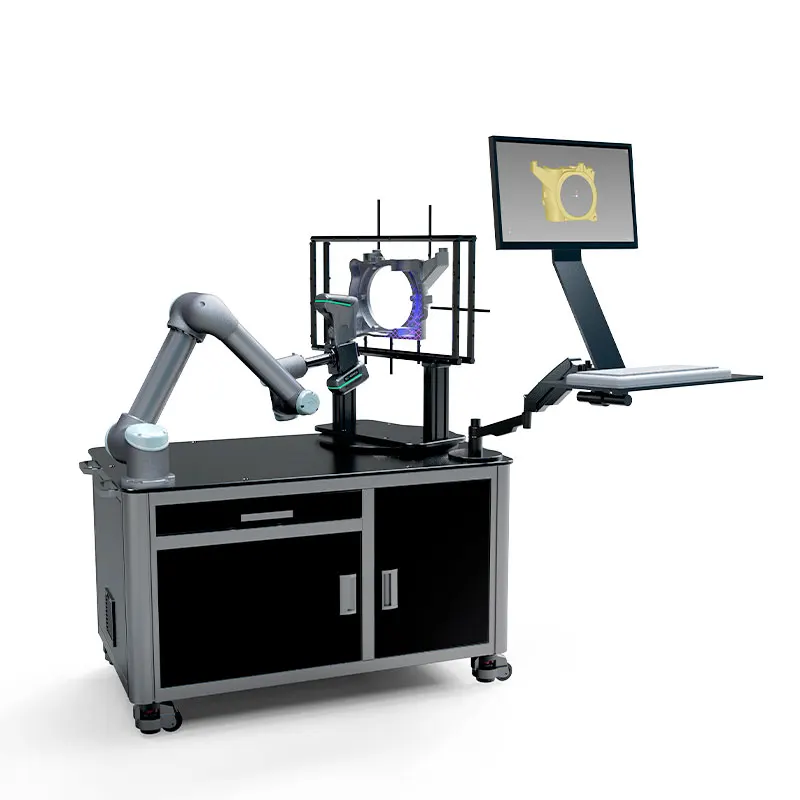
Perfect tools for shop-floor environments
Creaform’s portable workstation and C Track shop-floor stand add flexibility, mobility and reliability to Creaform systems across a production plant. Take advantage of this turnkey solution to perform all your inspections.
Scanning technologies
- home
- Directory
- Scanning Technologies
Laser based 3D Scanners use a process called trigonometric triangulation to accurately display a 3D shape as millions of points. Laser scanners work by projecting a laser line or lines onto an object and then picking up its reflection using one or more sensors. The sensors are located at a known distance from the source of laser radiation. Accurate point measurements can be made by calculating the angle of reflection of the laser light. Laser scanners are very popular and come in many designs.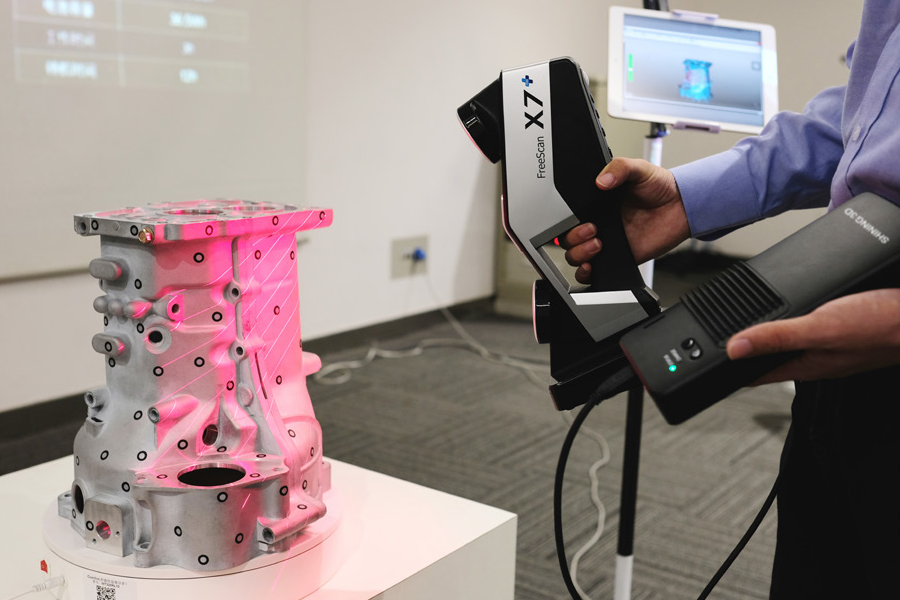 These include handheld devices, manipulator-based devices, CMM-based devices, long-range devices, and long-range single-point devices. Advantages of 3D laser scanners. Ability to scan complex surfaces, such as shiny or dark. Less sensitive to changes in lighting conditions and ambient light. Often more portable. A simpler design is easier to use and cheaper. nine0013
These include handheld devices, manipulator-based devices, CMM-based devices, long-range devices, and long-range single-point devices. Advantages of 3D laser scanners. Ability to scan complex surfaces, such as shiny or dark. Less sensitive to changes in lighting conditions and ambient light. Often more portable. A simpler design is easier to use and cheaper. nine0013
Projected or Structured Light 3D Scanners . Historically known as "white light" 3D scanners, most structured light 3D scanners today use blue or white LED projected light. These 3D scanners project a pattern of light onto an object, consisting of stripes, blocks, or other shapes. A 3D scanner has one or more sensors that look at the edges of these patterns or structural shapes to determine the 3D shape of an object. Using the same trigonometric triangulation method as in laser scanners, the distance from the sensors to the light source is known. Structured light scanners can be mounted on a tripod or hand held.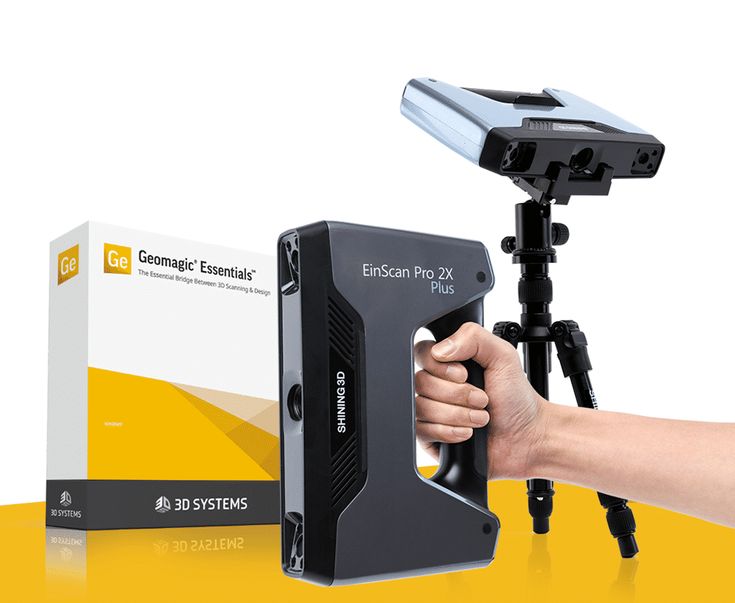 nine0013
nine0013
Laser pulse-based 3D scanners . Laser pulse scanners, also known as time-of-flight scanners, are based on a very simple concept: the speed of light is known very precisely. Thus, if the time required for the laser to reach the object and reflect from the sensor is known, then the distance from the sensor to the object is also known. These systems use picosecond-accurate circuitry to measure the time it takes millions of laser pulses to return to the sensor and calculate the distance. By rotating the laser and sensor (usually with a mirror), the scanner can scan around itself 360 degrees. nine0013
Laser Phase-shift 3D Scanners . Laser phase-shifting systems are another type of time-of-flight 3D scanner technology, and they work conceptually similar to pulsed systems. In addition to the pulsed laser, these systems also modulate the power of the laser beam, and the scanner compares the phase of the laser light sent and returned to the sensor.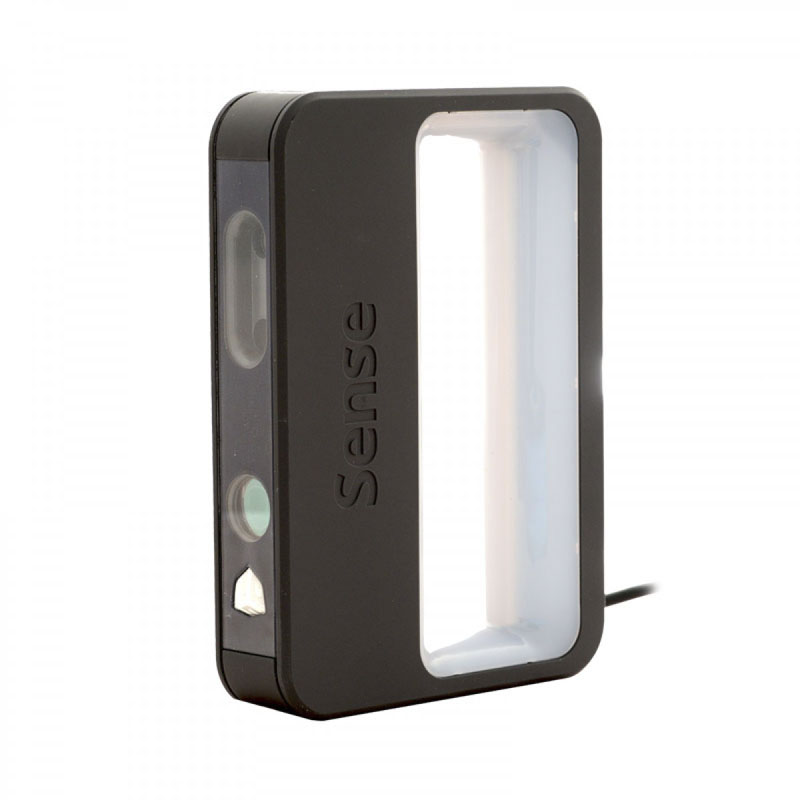 Phase shift measurements are typically more accurate and quieter, but not as flexible for long range scanning as pulsed 3D scanners. Laser pulsed 3D scanners can scan objects up to 1000m away, while phase shift scanners are better suited for scanning objects up to 300m or less. nine0013
Phase shift measurements are typically more accurate and quieter, but not as flexible for long range scanning as pulsed 3D scanners. Laser pulsed 3D scanners can scan objects up to 1000m away, while phase shift scanners are better suited for scanning objects up to 300m or less. nine0013
Coordinate Measuring Machine (CMM) . They are mainly used to control details. The machine can be controlled manually or autonomously by software and computers. Measurements are determined by attaching a sensor to the machine. The sensor usually has a small ball at the end of a shaft of known diameter. The CMM is then programmed to make contact with the part. When the machine senses contact with the probe tip, a value in XYZ space is measured. The most common type of CMM is the bridge type, which has 3 X, Y, and Z axes. The sensor system, which is mounted multiple times, can rotate to provide an additional 3 axes for a total of 6 degrees of freedom (DOF). For very precise measurement of parts to within a few microns, CMMs are typically installed in a control room with reinforced floors, controlled humidity and temperature, and isolation from vibration and other forces that can affect accuracy. In addition, most CMMs have a large granite table with a perfectly flat surface. Details are fixed on a granite table in such a way as to exclude their movement during the measurement process. nine0013
In addition, most CMMs have a large granite table with a perfectly flat surface. Details are fixed on a granite table in such a way as to exclude their movement during the measurement process. nine0013
Arm based 3D Scanners and Probe systems . A manipulator-based 3D scanning or probing system is similar to a coordinate measuring machine (CMM) in that a touch probe can be used to measure the part. In addition to the sensor, many manipulator-based systems are also equipped with an attachable 3D laser scanner to collect a large number of points. The software tracks the movement of the hand's joints to know where it is in 3D space at any given time. Manipulator-based systems work by attaching an articulated arm to a table or a solid base. The hand is then held onto the handle at the end and moved to probe or scan. The main advantage of these systems is that they are much more portable than CMMs and can be used in the shop floor. nine0013
Optically tracked 3D Scanners and Probe Systems . 3D scanning and optical tracking probing systems use a set of cameras to track the location of a 3D scanner head or probe in 3D space. These systems have advantages over manipulator-based systems, including freedom of movement, better distance accuracy, and the ability to enable "dynamic referencing". Dynamic referencing systems work by attaching targets or LED indicators to the scanned or probed object. This allows the camera system to track the part and the scanning or measuring head separately from each other. As a result, the part can move even during scanning, without loss of accuracy or data quality. In addition, the camera system can be moved, allowing large parts to be scanned in a single setup. nine0013
3D scanning and optical tracking probing systems use a set of cameras to track the location of a 3D scanner head or probe in 3D space. These systems have advantages over manipulator-based systems, including freedom of movement, better distance accuracy, and the ability to enable "dynamic referencing". Dynamic referencing systems work by attaching targets or LED indicators to the scanned or probed object. This allows the camera system to track the part and the scanning or measuring head separately from each other. As a result, the part can move even during scanning, without loss of accuracy or data quality. In addition, the camera system can be moved, allowing large parts to be scanned in a single setup. nine0013
Portable coordinate measuring machines (ARM Based) (also called "manipulators" or "arms") are mobile metrological measuring systems with 6 and 7 degrees of freedom (axes). They are ideal for fast and accurate measurements of objects, geometric dimensions, shape deviations and the relative position of the surfaces of parts in any place convenient for you due to the mobility and ease of installation of the system.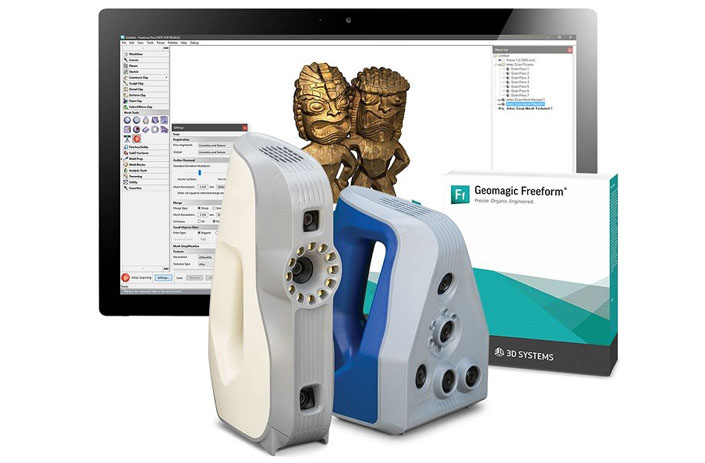 The measuring arm consists of articulated segments (shoulder and forearm) made of carbon fiber (for lightness and thermal stability), as well as a built-in counterweight, control unit and power source. Determining the position of each link of the manipulator is carried out using built-in high-precision angular sensors (encoders) in each axis. Measuring manipulators can work both with contact (tactile) sensors and non-contact laser scanners. When using contact sensors, the coordinate of the center of the probe ball is determined when touching the measured surface. When using a laser scanner, the coordinates of the set of points of the measured surface are determined within the scanner's field of view. The obtained coordinates of the points are processed by specialized software, the geometric dimensions, the parameters of the deviation of the shape and the relative position of the surfaces and elements of the parts are calculated. Software available for use: PolyWorks, Verisurf, Metrolog, Geomagic, etc.
The measuring arm consists of articulated segments (shoulder and forearm) made of carbon fiber (for lightness and thermal stability), as well as a built-in counterweight, control unit and power source. Determining the position of each link of the manipulator is carried out using built-in high-precision angular sensors (encoders) in each axis. Measuring manipulators can work both with contact (tactile) sensors and non-contact laser scanners. When using contact sensors, the coordinate of the center of the probe ball is determined when touching the measured surface. When using a laser scanner, the coordinates of the set of points of the measured surface are determined within the scanner's field of view. The obtained coordinates of the points are processed by specialized software, the geometric dimensions, the parameters of the deviation of the shape and the relative position of the surfaces and elements of the parts are calculated. Software available for use: PolyWorks, Verisurf, Metrolog, Geomagic, etc.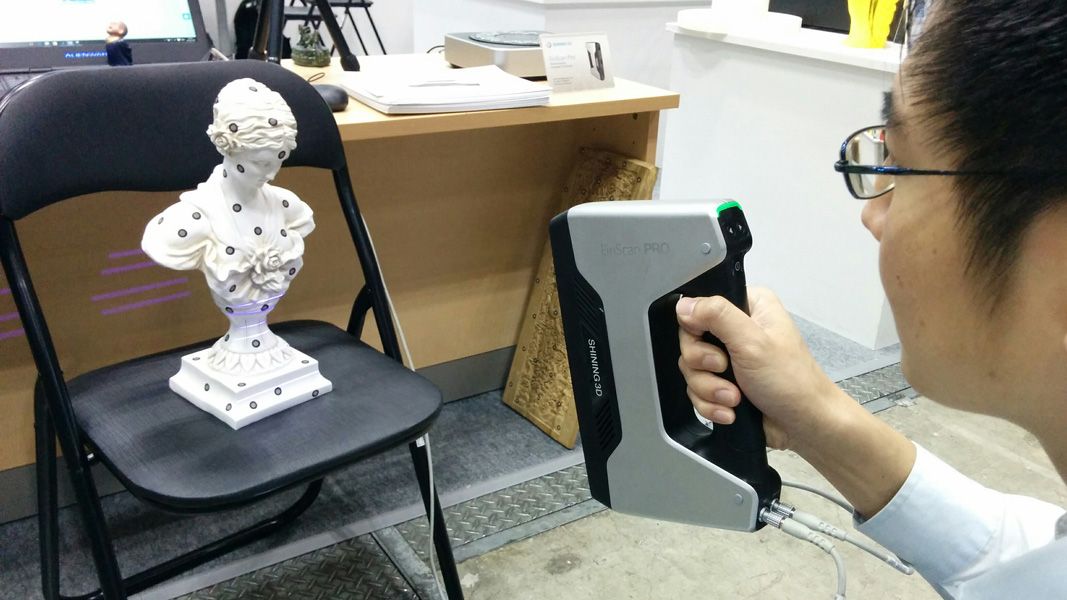 To control the geometry of products and their elements, measuring arms are installed either on tripods or on a flat hard surface through special bases (magnetic, vacuum, fixed with bolts). These systems are not automated, data collection is performed manually by the operator. nine0013
To control the geometry of products and their elements, measuring arms are installed either on tripods or on a flat hard surface through special bases (magnetic, vacuum, fixed with bolts). These systems are not automated, data collection is performed manually by the operator. nine0013
Photogrammetry is a scientific and technical discipline that deals with determining the shape, size, position and other characteristics of objects from their photographic images. There are two main directions in photogrammetry: creating maps and plans of the Earth (and other space objects) from images (phototopography), and solving applied problems in architecture, construction, medicine, forensics, etc. (terrestrial, applied photogrammetry).
In short, it is the process of creating 3D models from multiple images of the same object, photographed from different angles. This technique is not new at all, it is much older than the modern process, and it has been widely used in cartography and geodesy.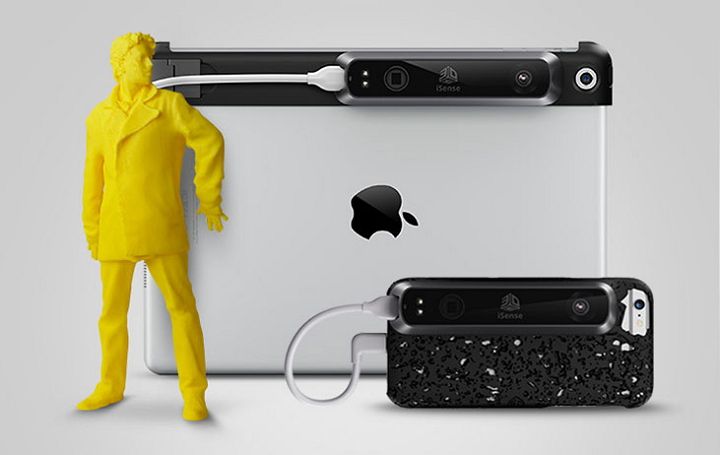 It became more popular due to its affordability due to the increasing power of computers, which allowed it to spread to other areas such as game development, video effects, and model building for various tasks. nine0013
It became more popular due to its affordability due to the increasing power of computers, which allowed it to spread to other areas such as game development, video effects, and model building for various tasks. nine0013
Industrial computed tomography (Tomography) scan - any computer - an auxiliary tomographic process, usually X-ray computed tomography, which uses radiation to create three-dimensional internal and external representations of the scanned object. Industrial computer scanning is used in many industries for the internal control of components. Some of the main applications of industrial CT scanning are defect detection, failure analysis, metrology, assembly analysis, and reverse engineering. As with medical imaging, industrial imaging includes both non-tomographic radiography (industrial radiography) and computed tomographic radiography (computed tomography). nine0013
technologies, types, how 3D devices work
Many digital engineering strategies for the future of design, manufacturing, quality control, and product release start with 3D scanning.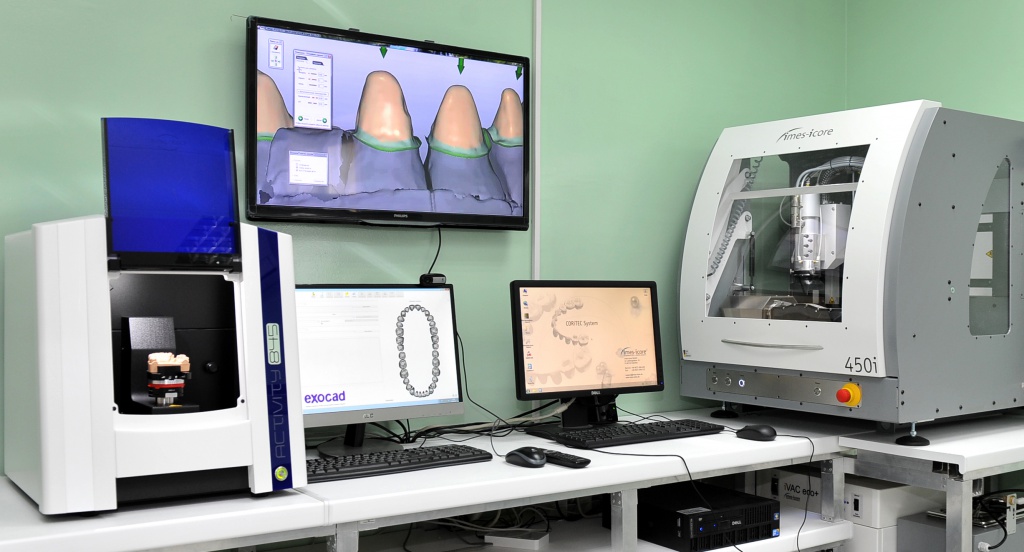 3D scanners work with advanced technologies and specialized software to create a tool that allows you to achieve revolutionary results. For those still working with power tools and traditional coordinate measuring machine (CMM) technology, 3D scanners serve as an easy gateway to advanced manufacturing and engineering strategies. nine0013
3D scanners work with advanced technologies and specialized software to create a tool that allows you to achieve revolutionary results. For those still working with power tools and traditional coordinate measuring machine (CMM) technology, 3D scanners serve as an easy gateway to advanced manufacturing and engineering strategies. nine0013
Read below to learn more about how 3D scanners work and what this technology can do, so you can start enjoying its benefits now.
What are 3D scanners?
A 3D scanner works by capturing data from the surface of a physical object to describe its shape in an accurate digital 3D format. Unlike CMM measurement data, high quality 3D scan data is used for more than just inspection and dimensional analysis. The data obtained by non-contact measurement allows faster and more accessible digital analysis and inspection using a visual, in-depth method of examination. nine0045 3D scanners are also used to replicate parts in reverse engineering, check the fit, shape and function of components in remote locations, and check CAD models of 3D printed parts. 3D printers can use 3D scan data to create physical objects.
3D printers can use 3D scan data to create physical objects.
What is 3D scanning?
3D scanning is the process of capturing the surface of an object in digital format to determine its shape, allowing users to either reproduce the part by reverse engineering or verify it by dimensional analysis. nine0013
To do this, operators use scanners that use lasers, light or sensors to determine the surface of the scanned object and assign data points to this surface. These data points will eventually recreate the . Depending on the type of laser, light, or sensor used, the level of detail and scanning performance may vary.
3D Scanning Technologies
Photogrammetry
Originating from photography, photogrammetry is an incredibly useful technology in various fields. This technology allows you to take multiple images taken at different positions and triangulate points on those images to determine their location in 3D space. nine0013
nine0013
For example, cartographers use this technology when compiling maps. When it comes to hard-to-reach places like mountains, surveyors can use photogrammetry to take measurements.
Many modern technologies use photogrammetry, and the quality of the images is the main factor determining accuracy. If the images are poor quality, there will be holes in the grid. The more images you can get, the higher the scan accuracy will be. nine0013
Shining 3D offers a solution - DigiMetric Photogrammetric System.
Read also DigiMetric case study “Scanning with a Digimetric Photogrammetric System and FreeScan Handheld 3D Laser Scanner”
Structured Light
This technology is created by applying geometric patterns to an object while simultaneously capturing an image with a camera. In this case, the camera registers the deviation of the image.
Based on this template offset, all existing points can be located. It is necessary to conduct many scans from different positions, and then merge them until the mesh is 100% complete.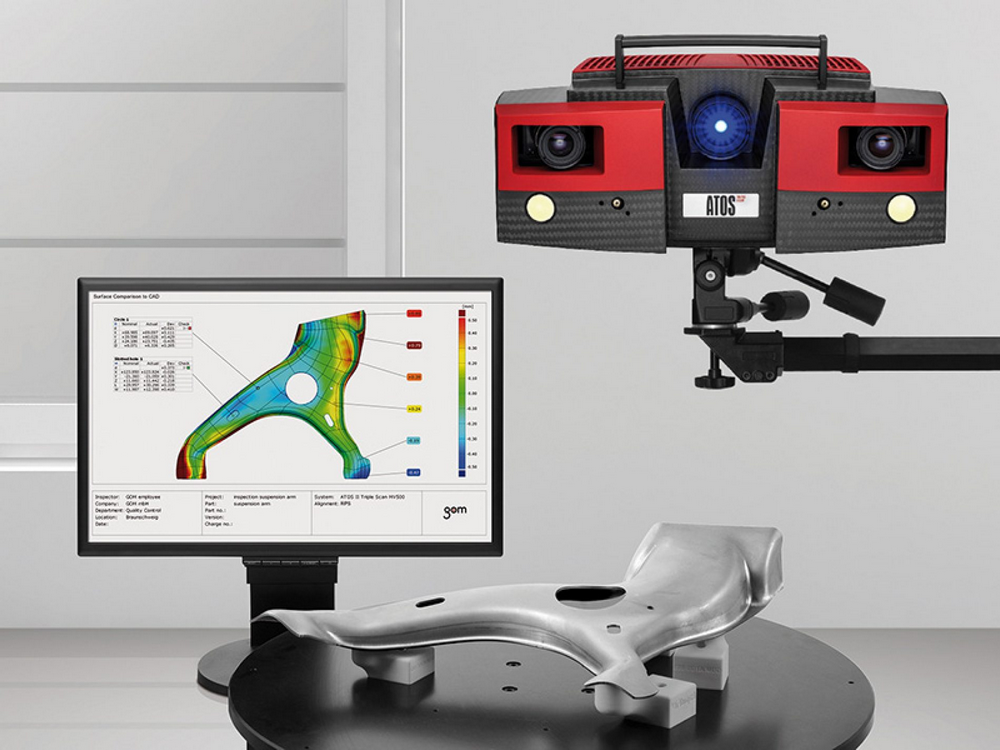 Computer programs automatically combine all images to form a complete grid. nine0013
Computer programs automatically combine all images to form a complete grid. nine0013
3D laser scanning method
3D laser scanning data collection
3D laser scanning process
The object to be laser scanned is placed on the scanner platform. Specialized software directs the laser probe over the surface of the object. A laser probe projects a line of laser light onto the surface, and 2 sensor cameras continuously record the change in distance and shape of the laser line in three dimensions (XYZ) as it passes along the object. nine0013
Acquired data
The shape of an object is displayed as millions of dots, called “point clouds”, on a computer monitor as the laser moves around, capturing the entire shape of the object's surface. The process is very fast and laser scanning is more accurate than infrared.
Inspection point cloud data
If the data is to be used for inspection, the scanned object can be compared with the designer's nominal CAD data. The result of this comparison is provided as a “color map deviation report” in PDF format, which clearly describes the differences between scanned data and CAD data. nine0013
The result of this comparison is provided as a “color map deviation report” in PDF format, which clearly describes the differences between scanned data and CAD data. nine0013
Reverse engineering CAD model
Laser scanning is the fastest, most accurate and automated way to obtain digital 3D data for reverse engineering. Again, with the help of specialized software, point cloud data is used to create a 3D CAD model of the geometry of the part.
The CAD model can accurately reproduce the scanned object, or the object can be modified in the CAD model to correct imperfections. nine0013
Types of 3D scanners
Active scanners emit some radiation or light. The scanner detects the reflection to collect information about the object. Let's take a look at the active views of 3D scanners below.
3D Laser Scanners
3D Laser Scanners use a process called trigonometric triangulation to accurately display a 3D shape as millions of dots. Laser scanners work by projecting a laser line or lines onto an object and then capturing its reflection using one or more sensors. nine0013
The sensors are located at a known distance from the laser source. Accurate point measurements can be made by calculating the angle of reflection of the laser light.
Laser scanners are very popular and come in many designs. These include handheld, manipulator-based, CMM-based handheld devices, long-range trackers, and long-range single-point trackers.
Benefits of 3D laser scanners:
- Ability to scan complex surfaces such as shiny or dark surfaces. nine0004
- Less sensitive to changes in lighting conditions and ambient light.
- More accurate data, available for inspection.
Learn about FreeScan UE 3D laser scanner features, features, features and benefits.
For an example of using FreeScan UE and photogrammetry, visit our blog page - 3D Inspection of Large Parts.
As well as the article The rebirth of historic motorsport icons. nine0013
Projected or structured light 3D scanners
Historically known as “white light” 3D scanners, most structured light 3D scanners today use blue or white LED projected light. These 3D scanners project a pattern of light onto an object, consisting of stripes, blocks, or other shapes. A 3D scanner has one or more sensors that look at the edges of these patterns or structural shapes to determine the object's 3D shape.
Using the same trigonometric triangulation method as in laser scanners, so the distance from the sensors to the light source is known. Structured light scanners can be mounted on a tripod or hand held. nine0013
Benefits of Structured Light 3D Scanners:
- Very fast scan times of just 2 seconds per scan.
- Versatility - multiple lenses for scanning small and large parts in one system.
- Portability - handheld systems are highly mobile.
- Eye friendly for 3D scanning of people and animals.
- 3D color scans available.
- Various price ranges from inexpensive to expensive depending on resolution and accuracy. nine0004
An excellent solution of 3D scanners with structured light, are models:
- Einscan HX
- manual 3D scanner EINSCAN H.
ENSTALLY TAME 3D scanners EINSCAN:
- HTTPS :// www.shining3d.ru/blog/perfectly-equipped-for-emergency-with-the-einscan-hx/
- https://www.shining3d.ru/blog/at-the-intersection-of-craftsmanship-and- technology-einscan-h-and-fusion-360-in-traditional-boat-building/. nine0004
Coordinate Measuring Machine (CMM)
Coordinate Measuring Machine (CMM) is mainly used for parts inspection. The machine can be controlled manually or through autonomous control by software and computers. Measurements are determined by attaching a sensor to the machine. The sensor usually has a small ball at the end of a shaft of known diameter. The CMM is then programmed to make contact with the part. When the machine senses contact with the probe tip, a value in XYZ space is measured. The most common type of CMM is the bridge type, which has 3 x, y, and z axes. The attached sensor system can be rotated to provide an additional 3 xyz axes, giving a total of 6 degrees of freedom (DOF).


